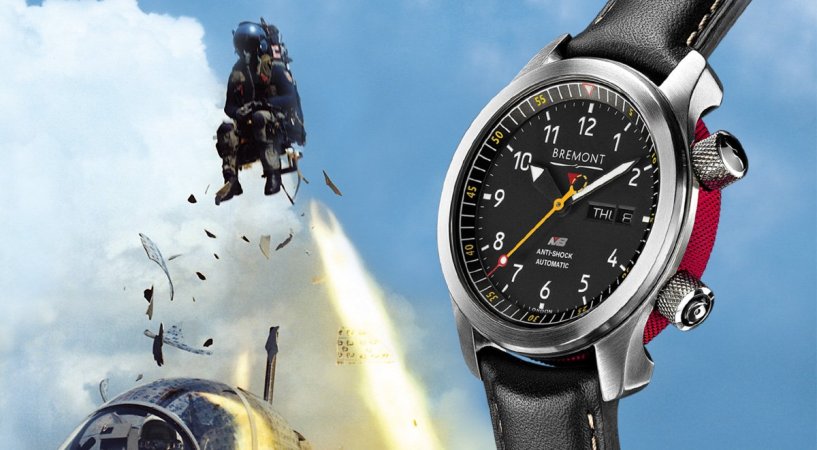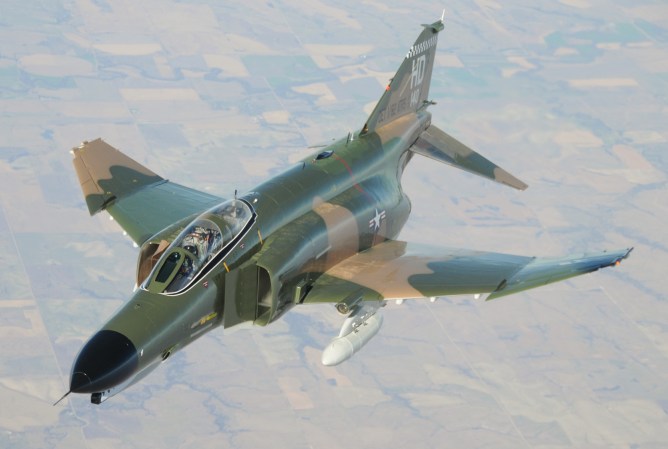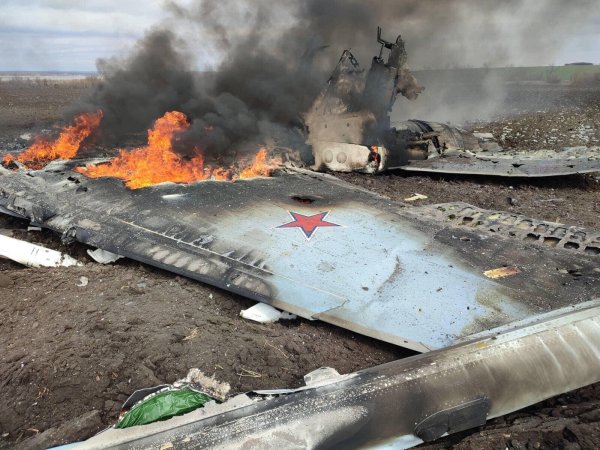The F-35, the most expensive weapons project in history, was incapable of beating a jet it was meant to replace in a dogfight, according to a leaked report obtained by War is Boring.
The report, written by an F-35 test pilot who has over 2,000 hours of flight time in the F-15E and experience flying both F-16s and F-18s, highlights a range of problems with the US’ hypercostly and often dysfunctional “plane of the future” in a dogfighting scenario.
The pilot’s complete report can be read over at War Is Boring.
Below, we have pulled some notable quotations from the report highlighting the issues that the F-35 faced while dogfighting against an F-16.
- “Overall, the most noticeable characteristic of the F-35A in a visual engagement was its lack of energy maneuverability.”
- “No effective gun defense was found during this test.”
- “The helmet was too large for the space inside the canopy to adequately see behind the aircraft. There were multiple occasions when the bandit would’ve been visible (not blocked by the seat) but the helmet prevented getting in a position to see him (behind the high side of the seat, around the inside of the seat, or high near the lift vector).”
- “The F-35 was at a distinct energy disadvantage in a turning fight and operators would quickly learn it isn’t an ideal regime.”
- “Though the aircraft has proven it is capable of high AOA [angle of attack] flight, it wasn’t effective for killing or surviving attacks primarily due to a lack of energy maneuverability.”
As damning as the report is, it’s worth remembering that the aircraft was never truly designed for dogfighting scenarios. Additionally, the test F-35 used in the test dogfight lacked many of the sensor and software upgrades that the fully deployed F-35 will have.
According to Jane’s 360, the F-35 is designed to detect and engage aircraft “on its own medium- to long-range terms.” The plane’s flexible attack range is intended to ensure that the F-35 wouldn’t usually have to engage in dogfights.
Still, the $1.5 trillion F-35’s failure to best an F-16 — a plane that was first introduced into service in 1978, is concerning. Although the F-35 may be designed to overcome rival aircraft at distance, there are is no way to guarantee that a future air war won’t involve frequent dogfights, confrontations for which the F-35 may be ill equipped.
Meanwhile, both Russia and China are currently developing their own fifth-generation fighter jets. Both countries may also intend to sell variants of their jets to the international customers, including Pakistan and Iran.
Ultimately, the F-35 may never need to participate in close-quarter, air-to-air battles. The aircraft is stealthy and may never have to dogfight with regularity.
Chief of Naval Operations Adm. Jon Greenert isn’t so sure. “Stealth may be overrated,” Greenert said during a speech in February. So in addition to its other problems, the F-35 may find itself nose-to-nose with enemy aircraft more often than military planners expect.
More from Business Insider:
- The US is starting to have an ISIS sympathizer problem
- A Navy officer just pleaded guilty to trading classified info for ‘the services of a prostitute’
- The Assad regime is trying to use an embattled minority group to put pressure on Israel
- Putin: Russia is going to spend $400 billion upgrading its military
- Putin called Obama
This article originally appeared at Business Insider Defense. Copyright 2015. Follow BI Defense on Twitter.










